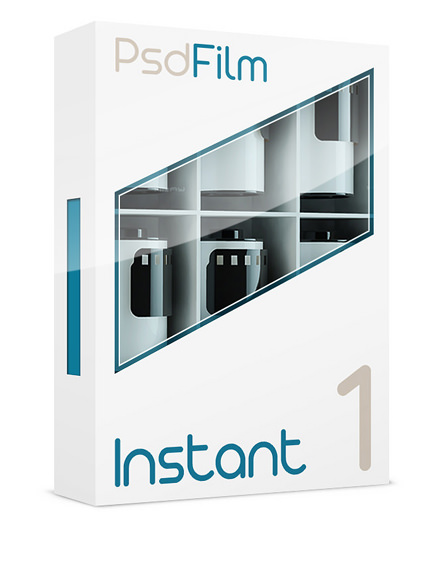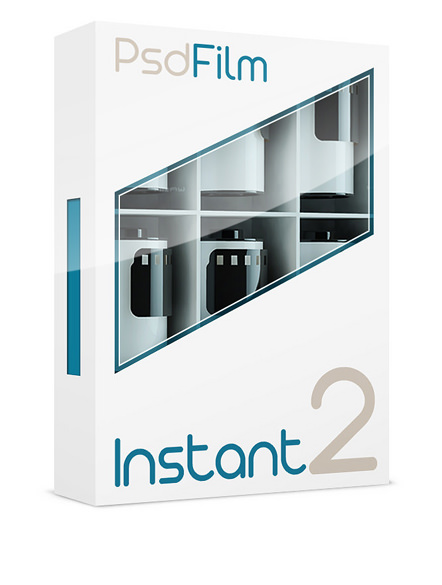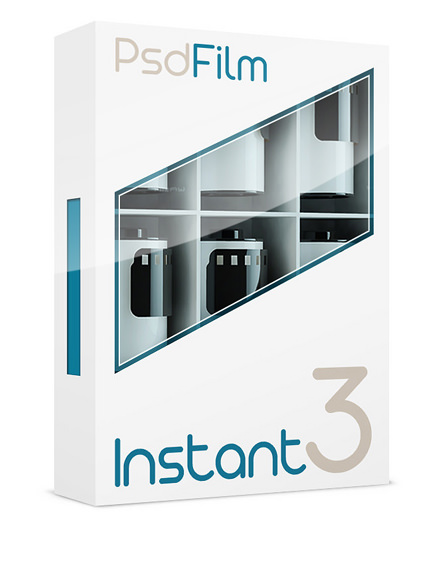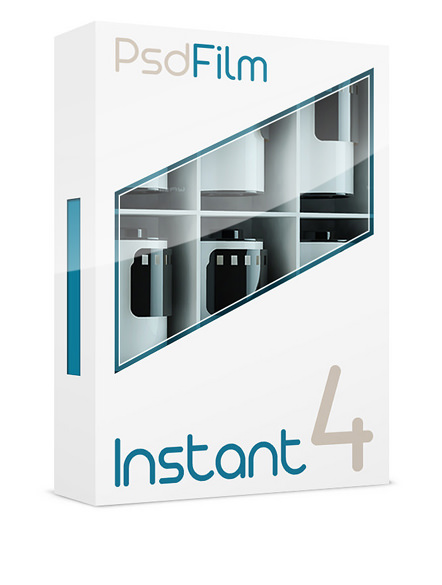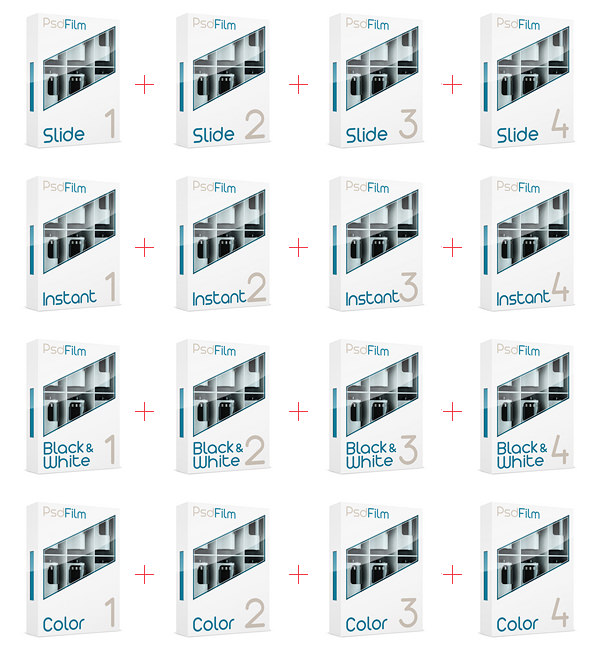Film evolved from Polavision system, introduced in 1983 and discontinued in 1979.
Photoshop Actions to Emulate Instant Films






33.Polachrome * warm
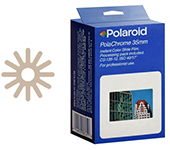


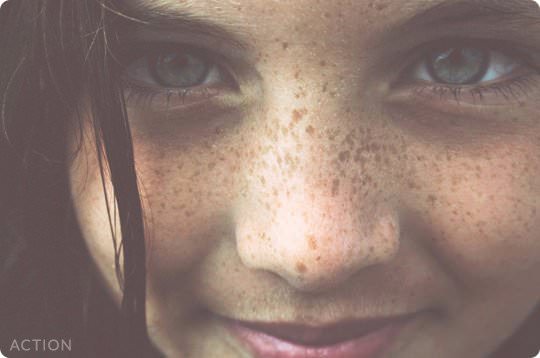
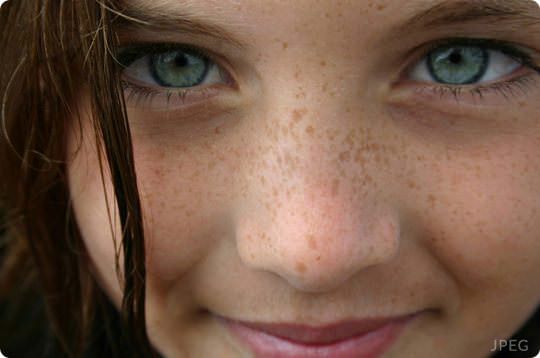
34.Polachrome * cold
While the warm version has some washed look, the cold one enhances the blue tones.
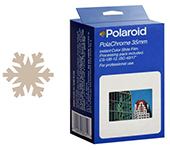



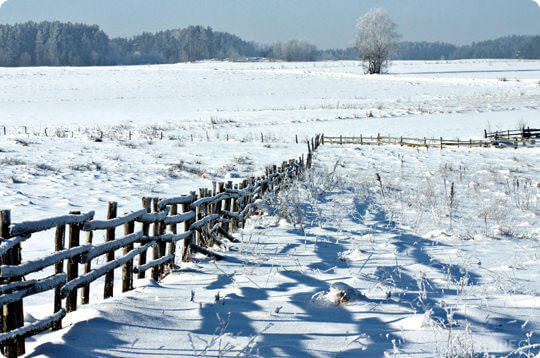
35.Polachrome * nega
The negative version of this instant films applies a yellowish effect.
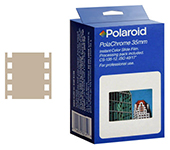




36.Polaroid 669 * warm
Actually no more in production, warm option adds soft green tone to the image.
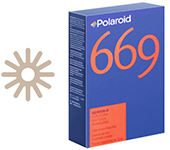




37.Polaroid 669 * cold
When shot in cold climate conditions, the film provides an overall clear blue tonality.
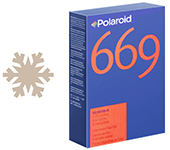


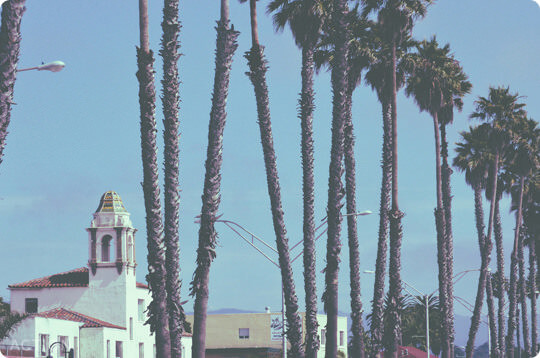
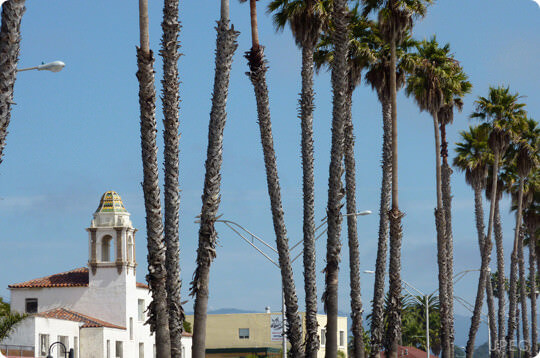
38.Polaroid 669 * nega
The negative of this film renders a washed yellowish version of reality.
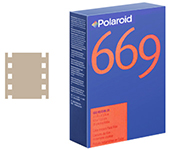


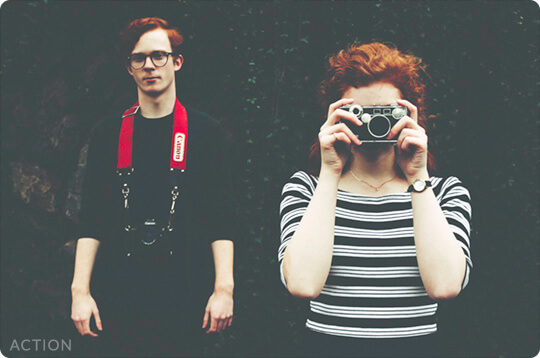
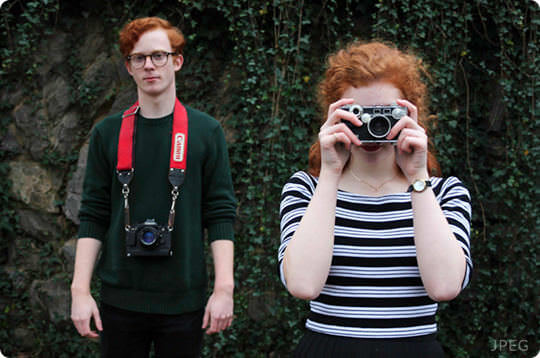
39.Fuji FP-100b * peel
The black and white version of acclaimed Fujifilm FP-100c. The peelapart provides soft contrast.
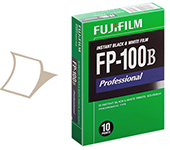


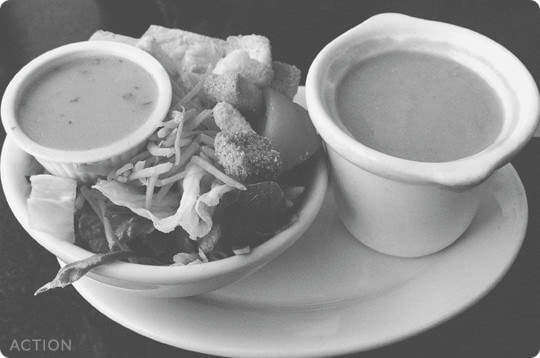
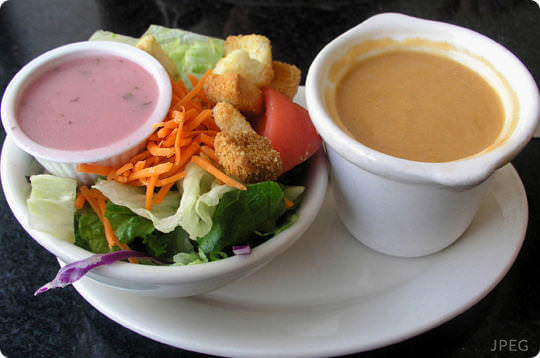
40.Fuji FP-100b * nega
Instant film in production till 2009. The negative of the film provides clean luminosity to the picture.
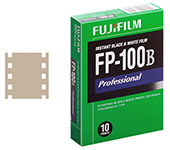


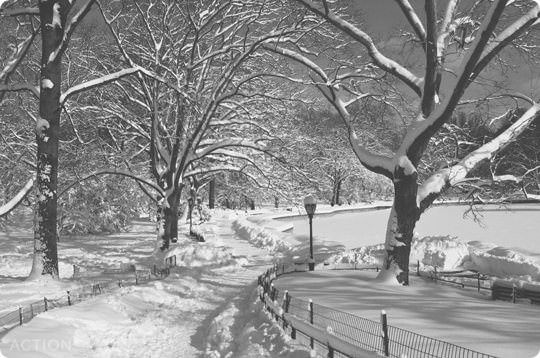
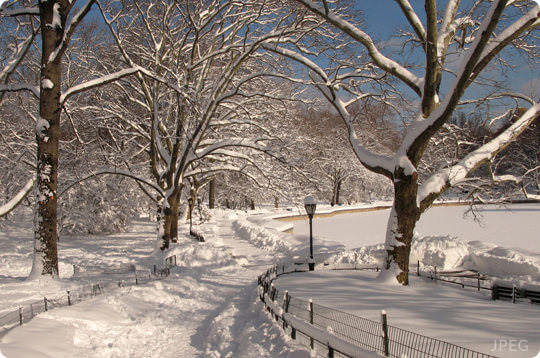


41.Fuji FP-100c * warm
Instant film emulation for Photoshop, which produces superb quality photos, also very versatile.
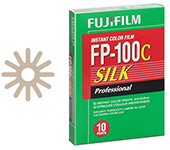




42.Fuji FP-100c * cold
The Cold version provides a kind of brown-purple overall tonality to neutral colors.
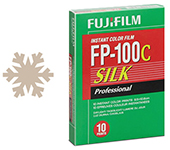


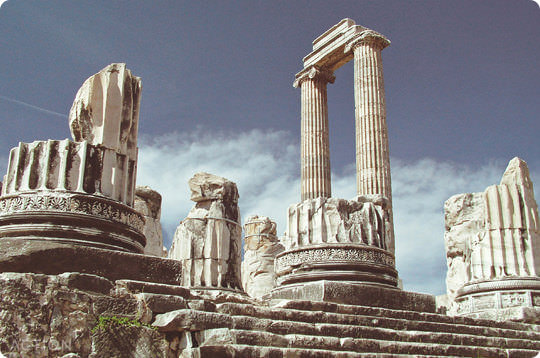
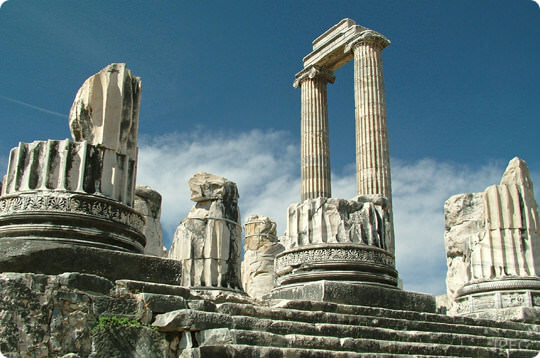
43.Fuji FP-100c * nega
The negative of the film provides a greenish orange tinted version.
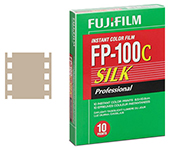




44.Polaroid 690 * warm
Designed to be used with Polaroid SLR 690 camera, it's actually discontinued.?
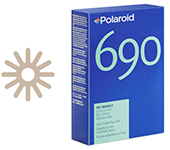




45.Polaroid 690 * cold
While the warm option enhances skin tones, the cold one has magenta dominant.
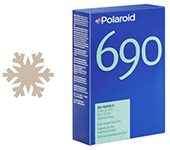


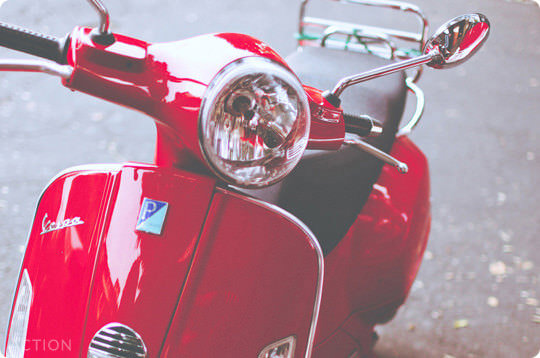
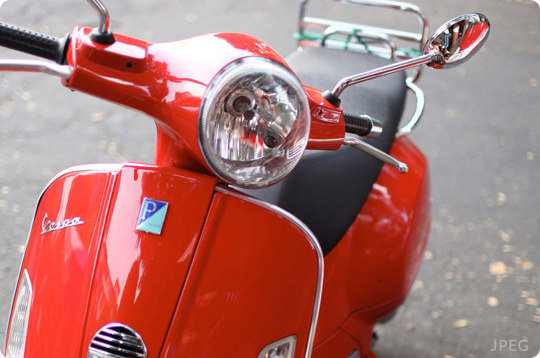
46.Polaroid 690 * nega
The negative of this film emulation action provides a washed, soft yellowish look.
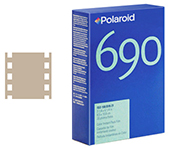



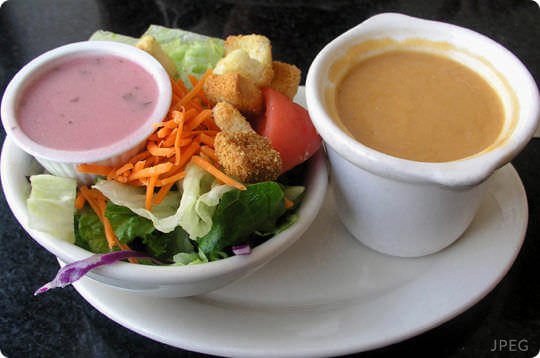
47.Fuji FP-3000 B * peel
Very grainy instant film. The peelapart option is defined by its low contrast in shadow areas.
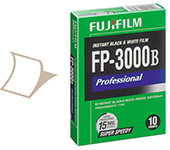


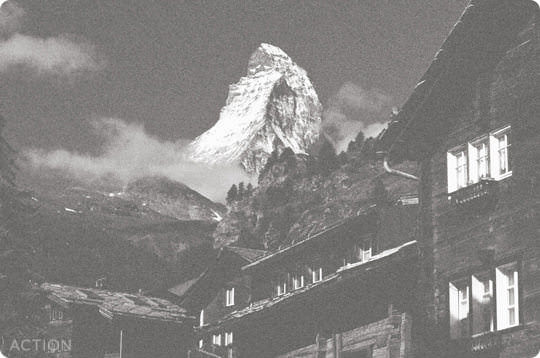
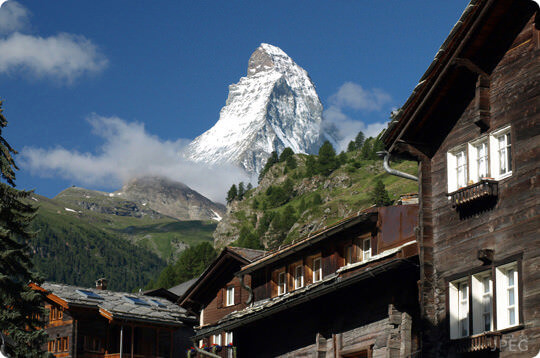
48.Fuji FP-3000 B * nega
The negative version will produce a very luminous and highly contrasted image.
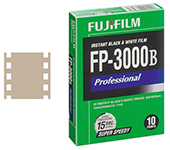


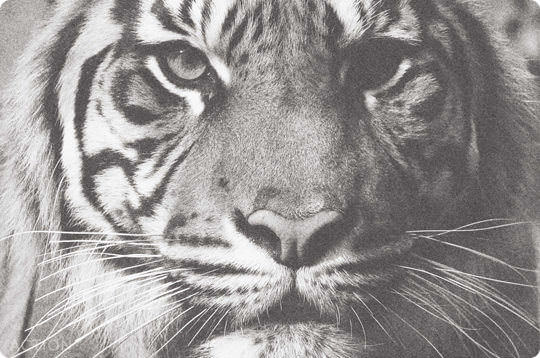
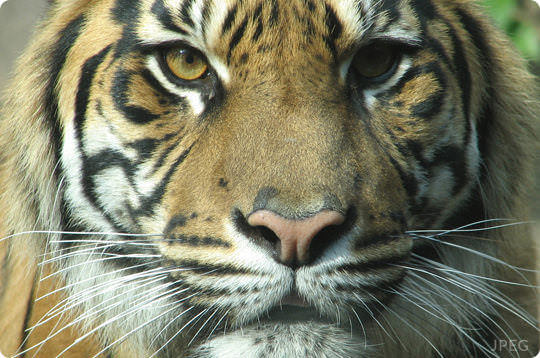


49.Polaroid SX 70 * warm
Also know as "SX-70 Time Zero", it is distinguished by its great color saturation and sharpness.
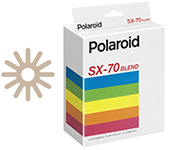


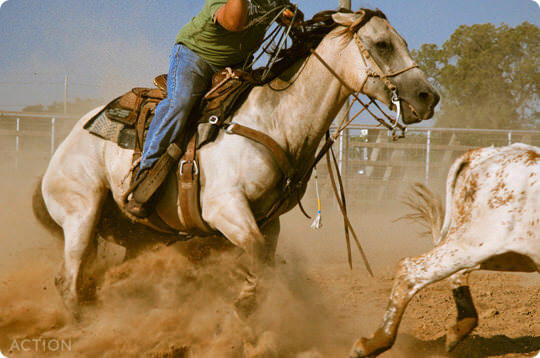

50.Polaroid SX 70 * cold
While warm option will enhance contrast, cold version will provide a cinematographic look.




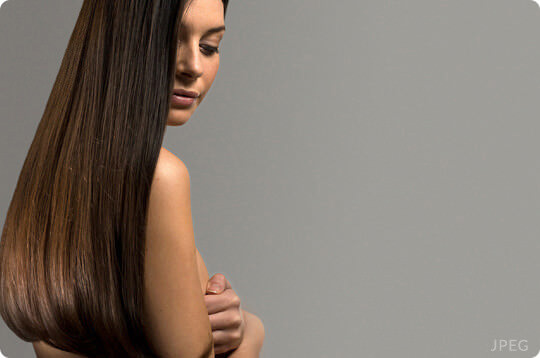
51.Polaroid SX 70 * nega
Designed to be shot in the homonymous camera, negative option applies yellowish look.
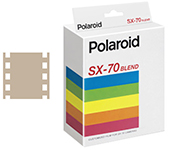


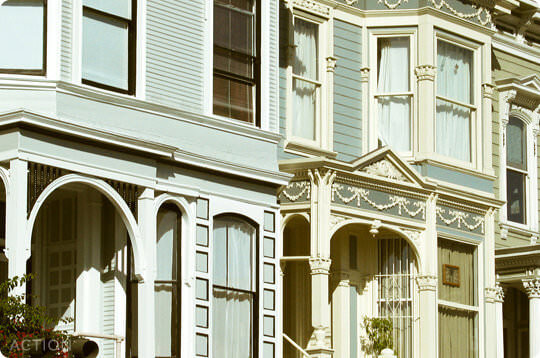
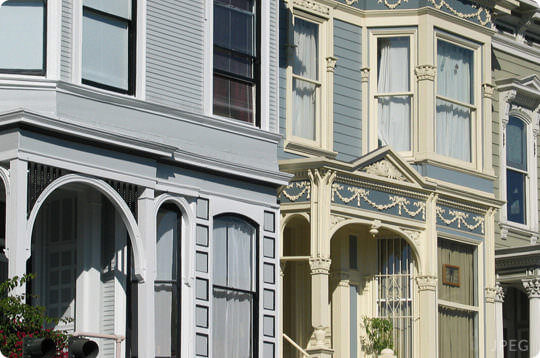
52.Polaroid 600 * warm
It was also the name of the camera designed to shot this film. Warm adds some pink varnish.
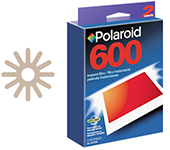


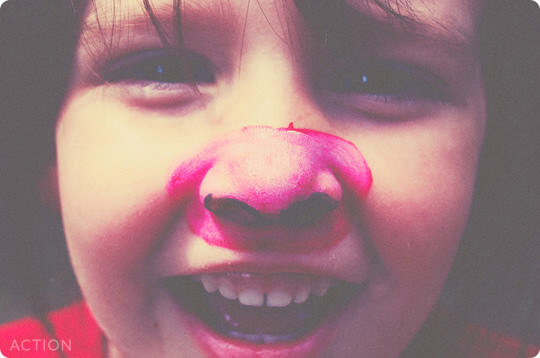
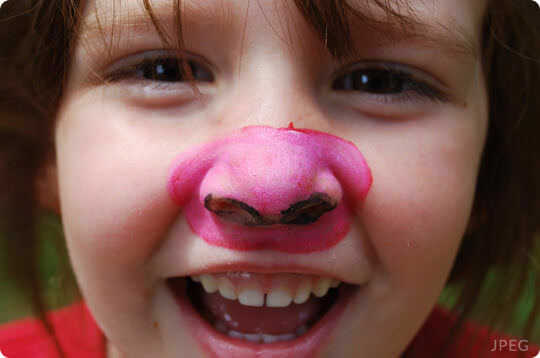
53.Polaroid 600 * cold
It has a very particular color saturation and sharpness. Cold option washes shadows in blue.
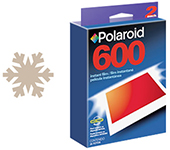


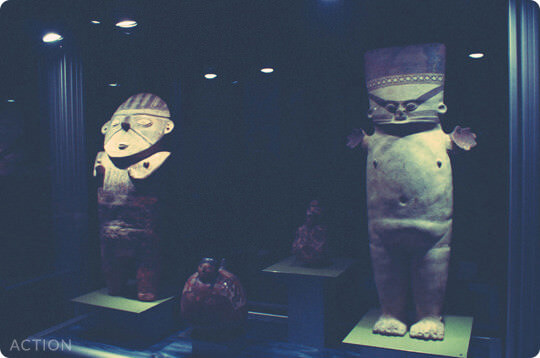
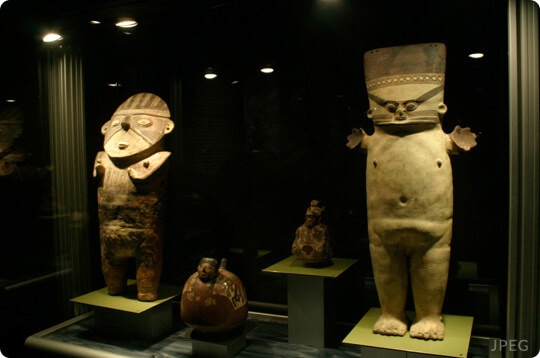
54.Polaroid 600 * nega
Instant film simulation for Photoshop. The negative of this film renders some cinematic look.
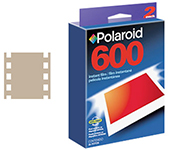


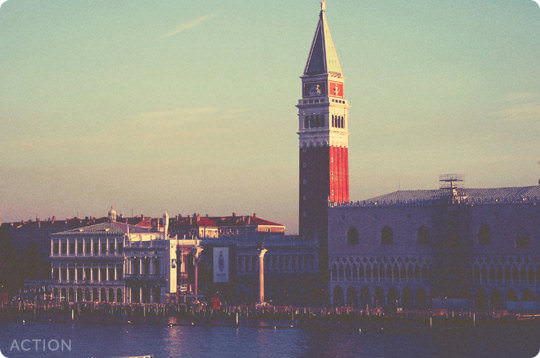
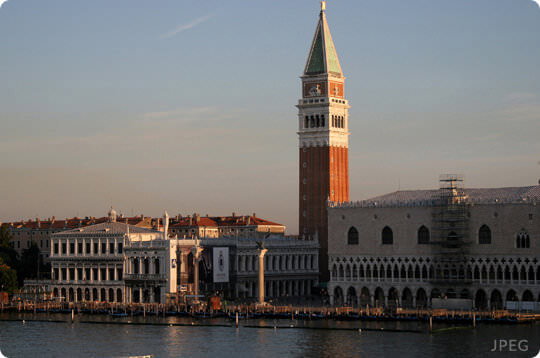
55.Polaroid 665 * peel
The Peelapart version is very rich in tonalities, with very nice micro-contrast.
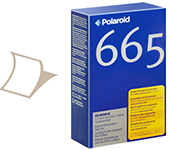




56.Polaroid 665 * nega
Digital film emulation for "old times" lovers. The Negative provides a low contrasted version of reality.
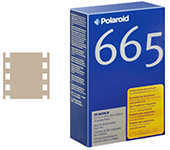


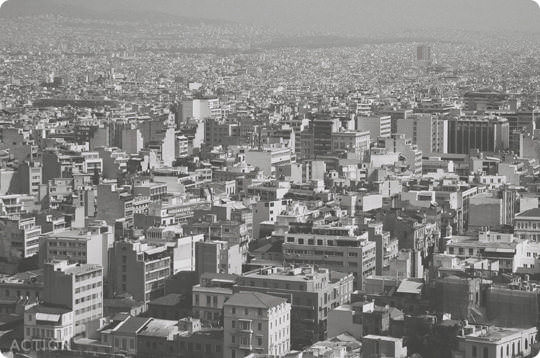
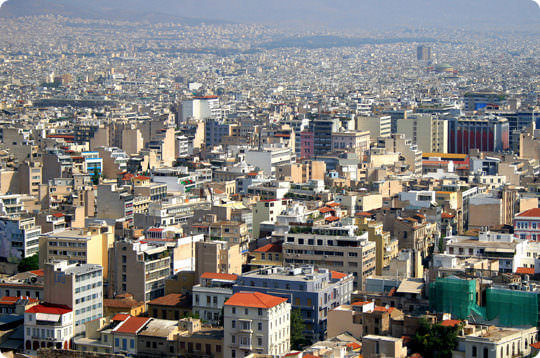


57.Fuji Instax * warm
Designed to be shot on Fuji Instax cameras. Warm option adds soft contrast and oranged varnish.



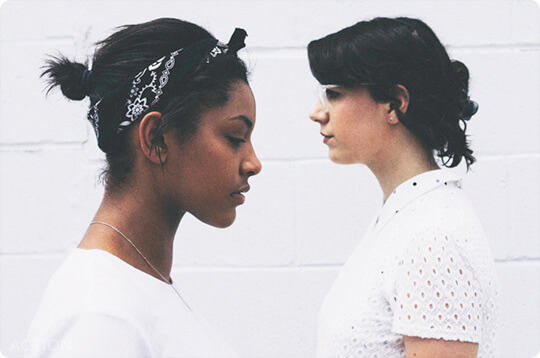
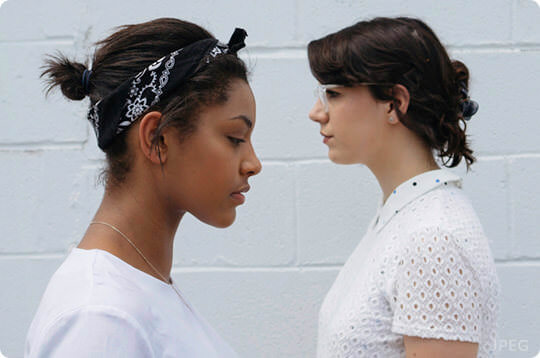
58.Fuji Instax * cold
Cold version adds a bluish washed look to the image. Film grain texture included as always.



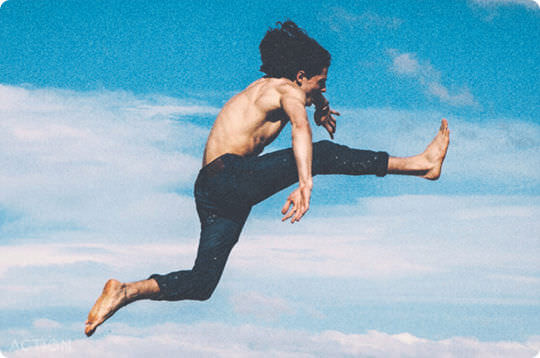

59.Kodak PR 10 * warm
Discontinued in 1990, when Polaroid won a legal battle against Kodak. Warm version has magenta dominant.
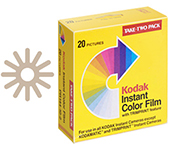


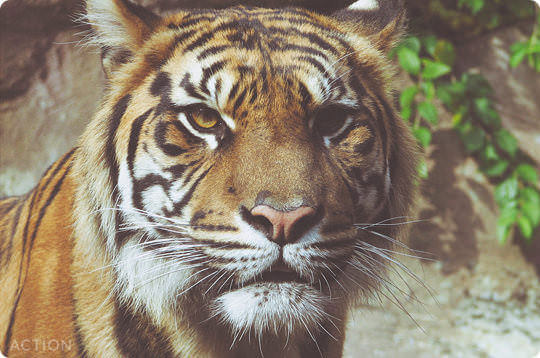
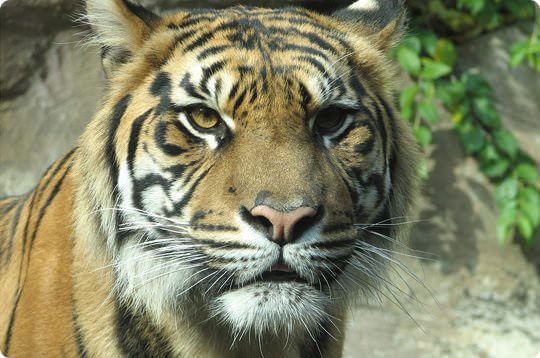
60.Kodak PR 10 * cold
Photoshop action for photographers, the Cold version decreases the contrast in dark areas.





61.Polaroid 664 * peel
The choice of instant black and white films true lovers. Peelapart captures a very luminous version of reality.
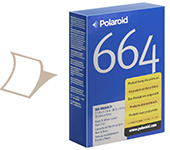


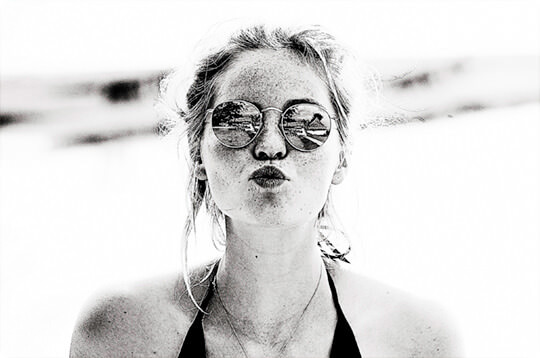

62.Polaroid 664 * nega
One of the most iconic films from Polaroid, which produces very particular tones and atmospheres.
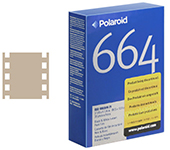


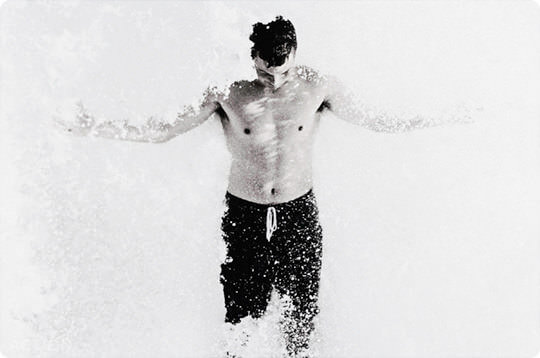
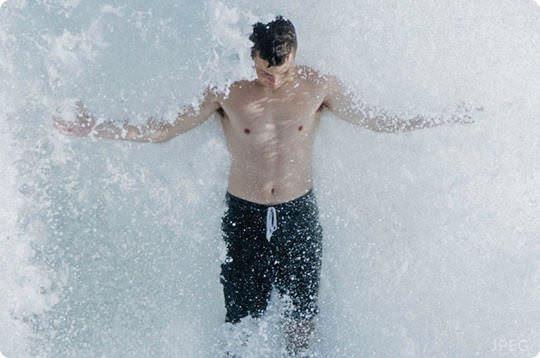
63.Polaroid 672 * peel
Film emulation action. Peelapart renders a "washed" version of the image, very poor in tonalities.
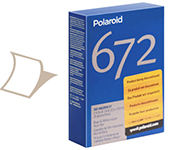


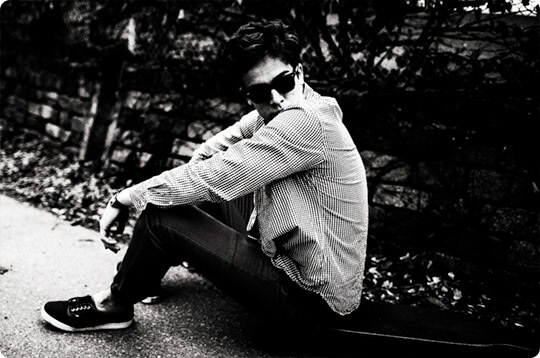
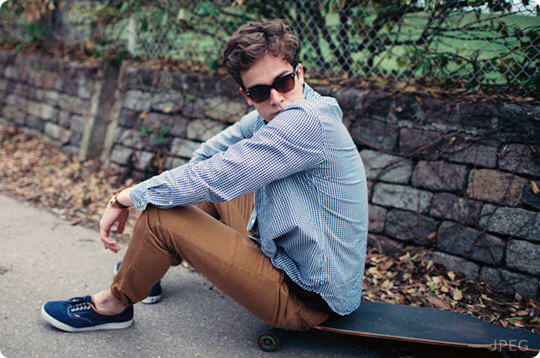
64.Polaroid 672 * nega
The negative version of this film is characterized by adding a very artistic look to image
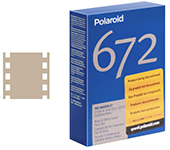


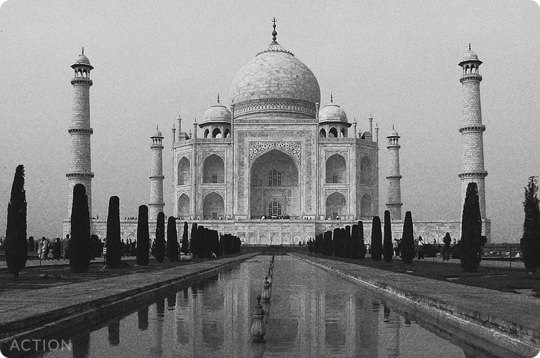
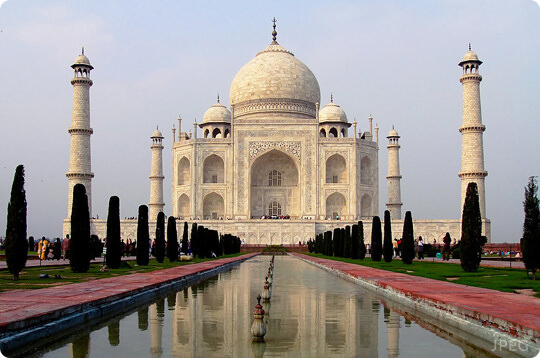
An instant film will provide different results depending on:
* cold : shot in low temperature
* peelapart : main sheet in B/W














